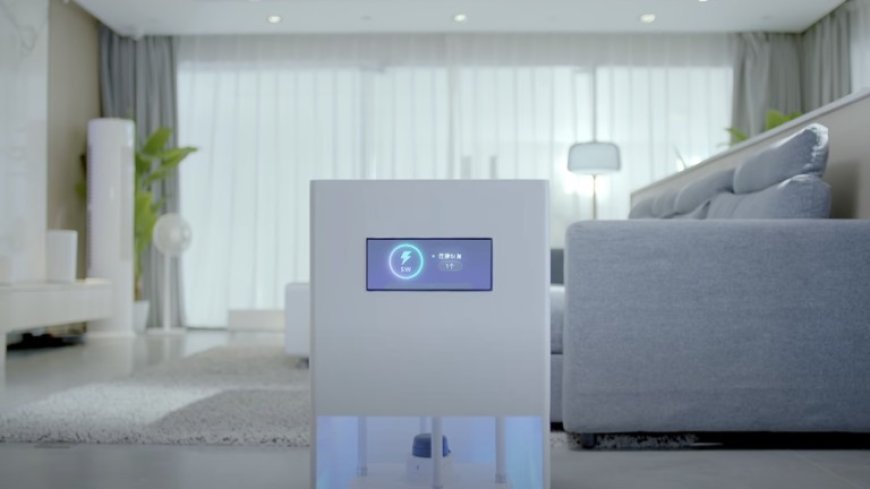Mi Air Charge: The Future of Wireless Charging
Xiaomi, a Chinese electronics company, has recently announced its latest innovation in wireless charging: the Mi Air Charge.

Xiaomi, a Chinese electronics company, has recently announced its latest innovation in wireless charging: the Mi Air Charge. This technology promises to revolutionize the way we charge our devices, by allowing them to be charged wirelessly from across the room, without the need for any cables or charging pads. In this article, we'll take a closer look at the Mi Air Charge and its potential implications for the future of wireless charging.
What is Mi Air Charge?
The Mi Air Charge uses millimeter wave technology to charge devices wirelessly. This technology enables devices to be charged from a distance of several meters, without the need for any physical contact or alignment with a charging pad. According to Xiaomi, the technology is capable of charging multiple devices simultaneously, with each device able to receive up to 5 watts of power.
How does it work?
The Mi Air Charge uses a "beacon" antenna array to locate the device that needs to be charged. This array sends out millimeter wave signals, which are then received by a "receiving antenna" on the device. The device then converts these signals into electrical energy, which is used to charge the battery. The technology uses beamforming, which allows for precise targeting of the millimeter wave signals, ensuring that only the intended device is charged.
Implications for the Future of Wireless Charging
The Mi Air Charge has the potential to transform the way we charge our devices, by eliminating the need for cables or charging pads. This could have significant implications for the design of future devices, as well as the way we use them. For example, devices could be designed with smaller batteries, as they could be charged more frequently and easily throughout the day. This could lead to thinner, lighter devices that are more portable and convenient to use.
The Mi Air Charge also has implications for the Internet of Things (IoT), as it could enable devices to be charged wirelessly without the need for human intervention. This could lead to more efficient and autonomous IoT systems, with devices able to communicate and interact with one another without the need for manual intervention.
Challenges and Limitations
While the Mi Air Charge is an exciting development in wireless charging, there are also challenges and limitations that must be considered. One of the main challenges is the efficiency of the technology. Wireless charging is typically less efficient than wired charging, as some of the energy is lost during transmission. This means that the Mi Air Charge may not be as efficient as traditional charging methods, which could limit its adoption.
Another limitation is the range of the technology. While Xiaomi claims that the Mi Air Charge is capable of charging devices from a distance of several meters, it's unclear how well the technology will perform in real-world environments. Factors like walls, obstacles, and interference could all affect the performance of the technology, which could limit its practicality.
Finally, there are also concerns about the potential health effects of millimeter wave radiation. While the technology is considered safe for use in small doses, it's unclear what the long-term effects of exposure to millimeter waves could be.
Conclusion
The Mi Air Charge is an exciting development in the field of wireless charging, with the potential to transform the way we charge our devices. While there are challenges and limitations to the technology, it's clear that the Mi Air Charge represents a significant step forward in the evolution of wireless charging. As the technology continues to develop, it will be interesting to see how it is adopted and integrated into our daily lives.
